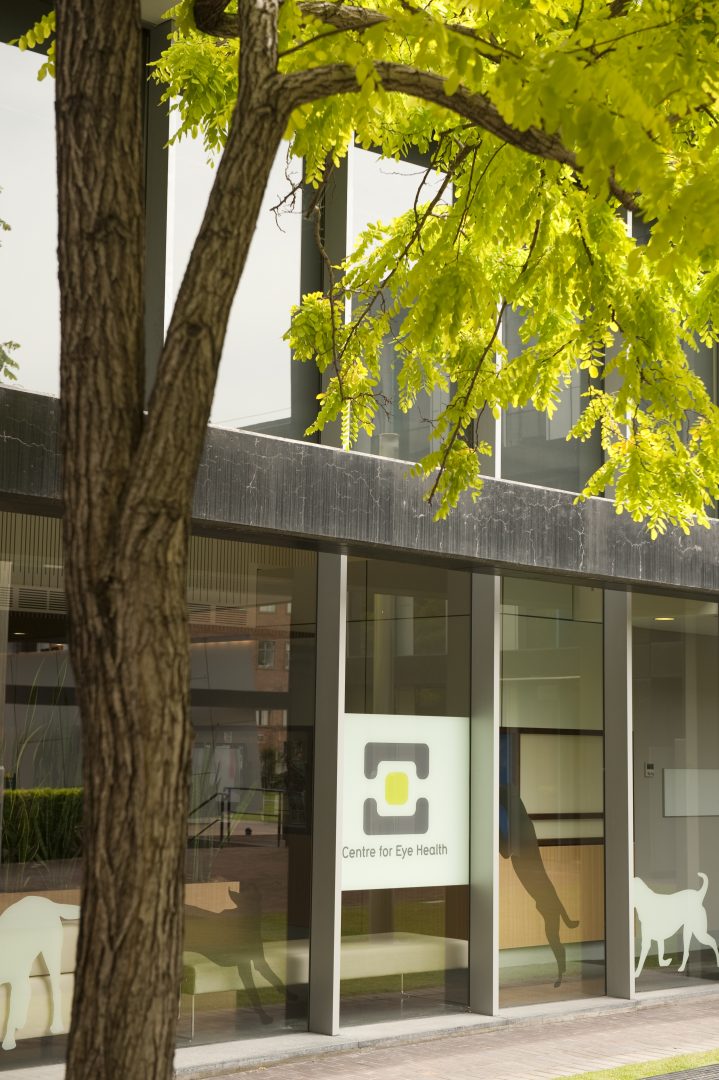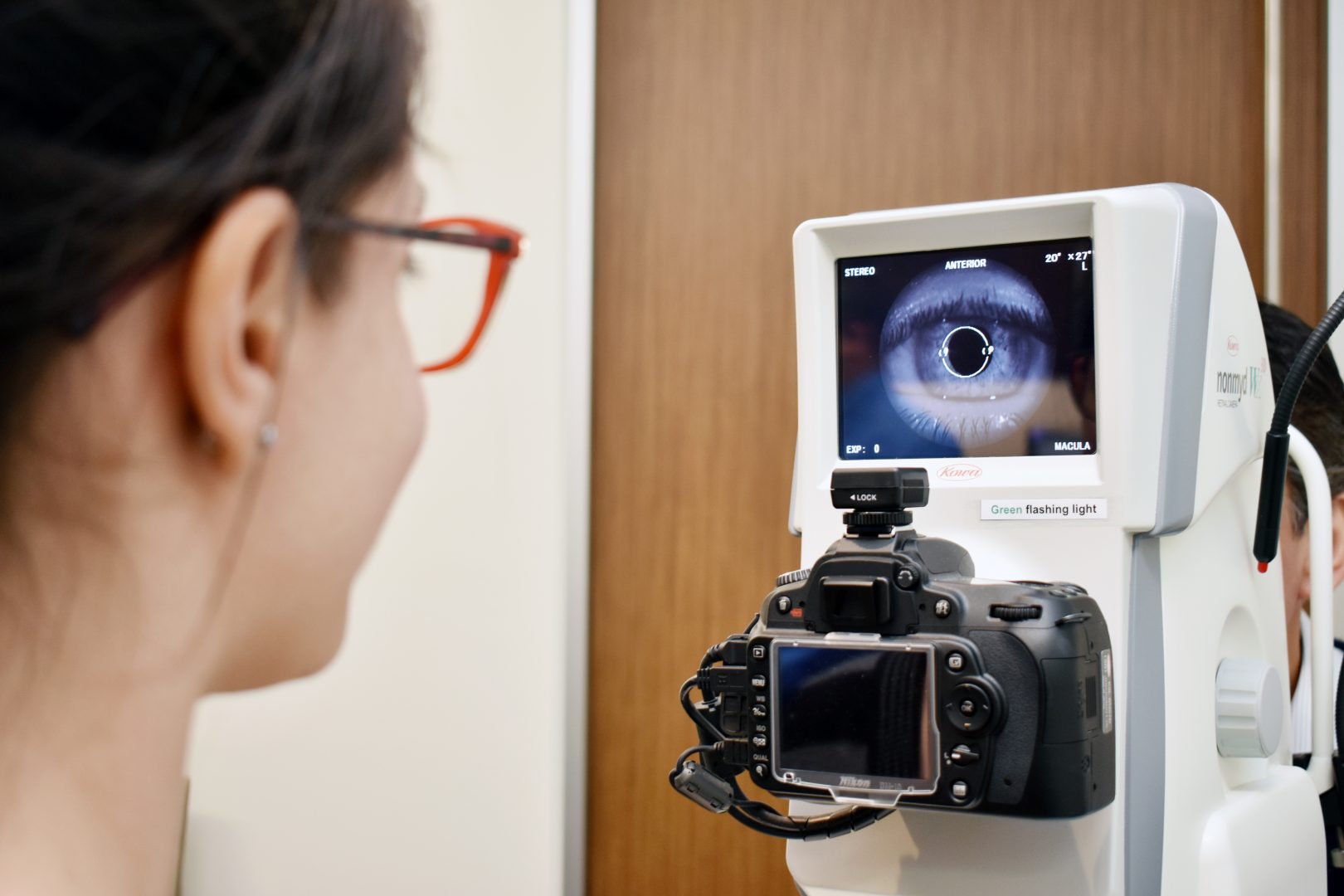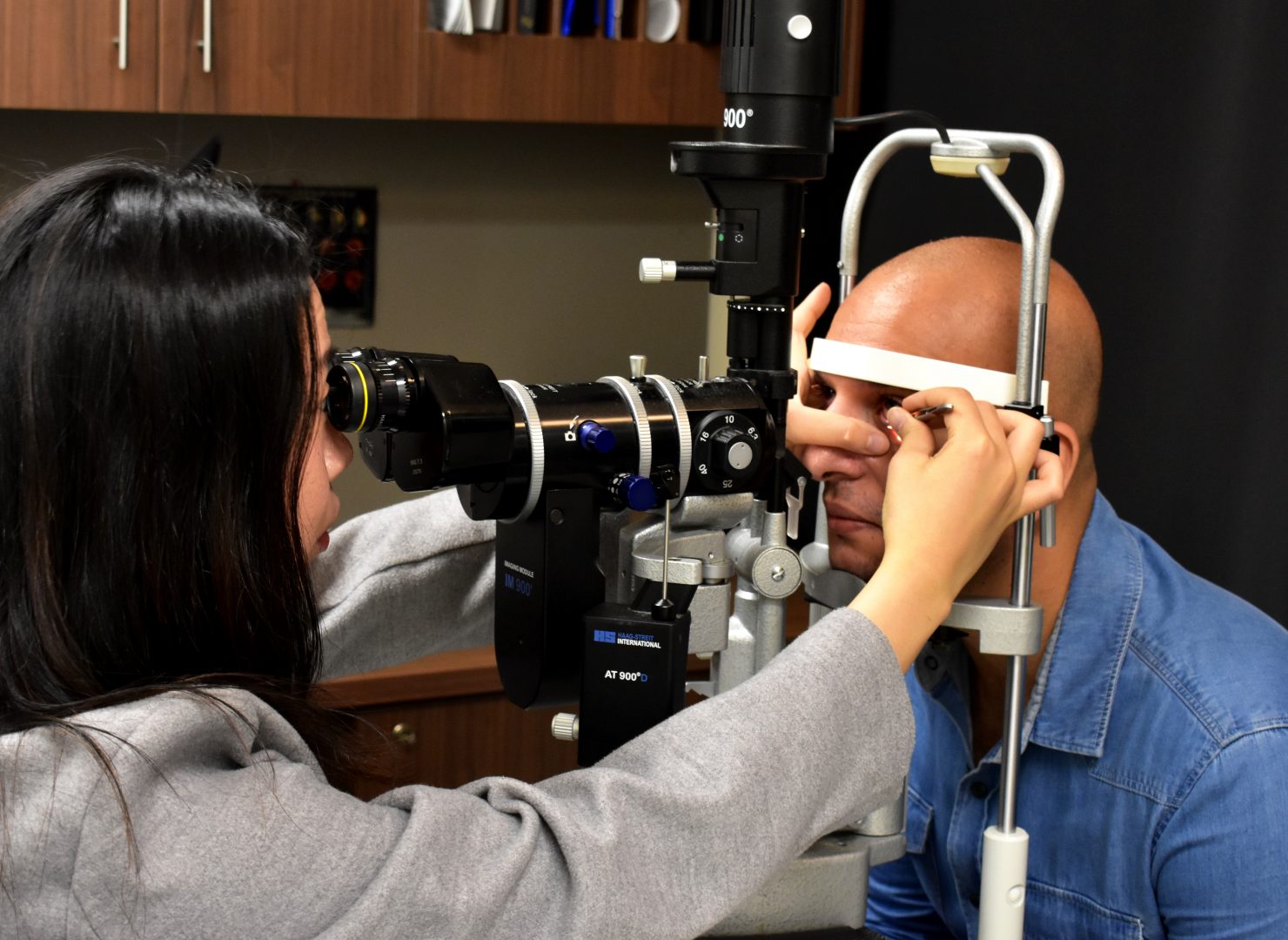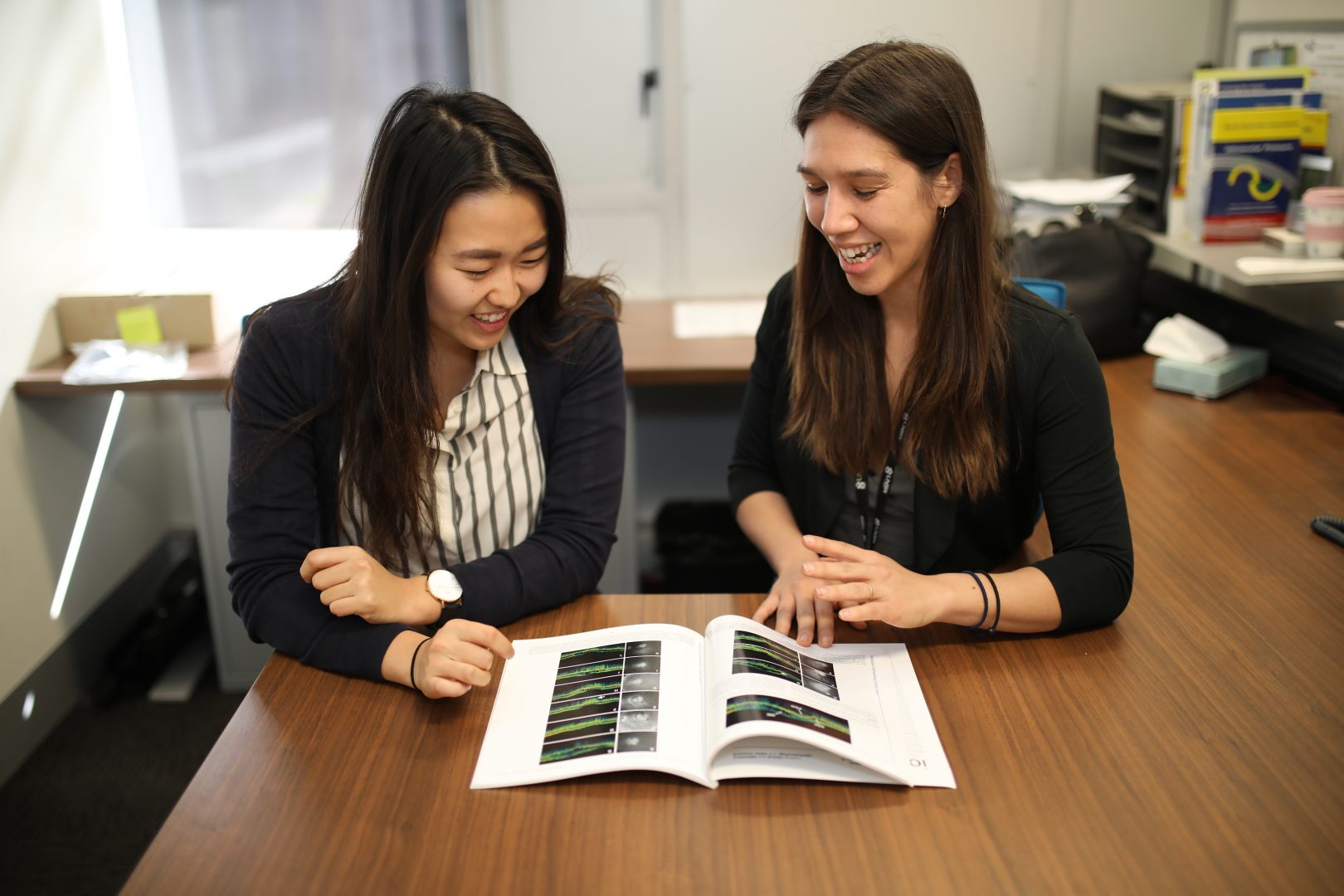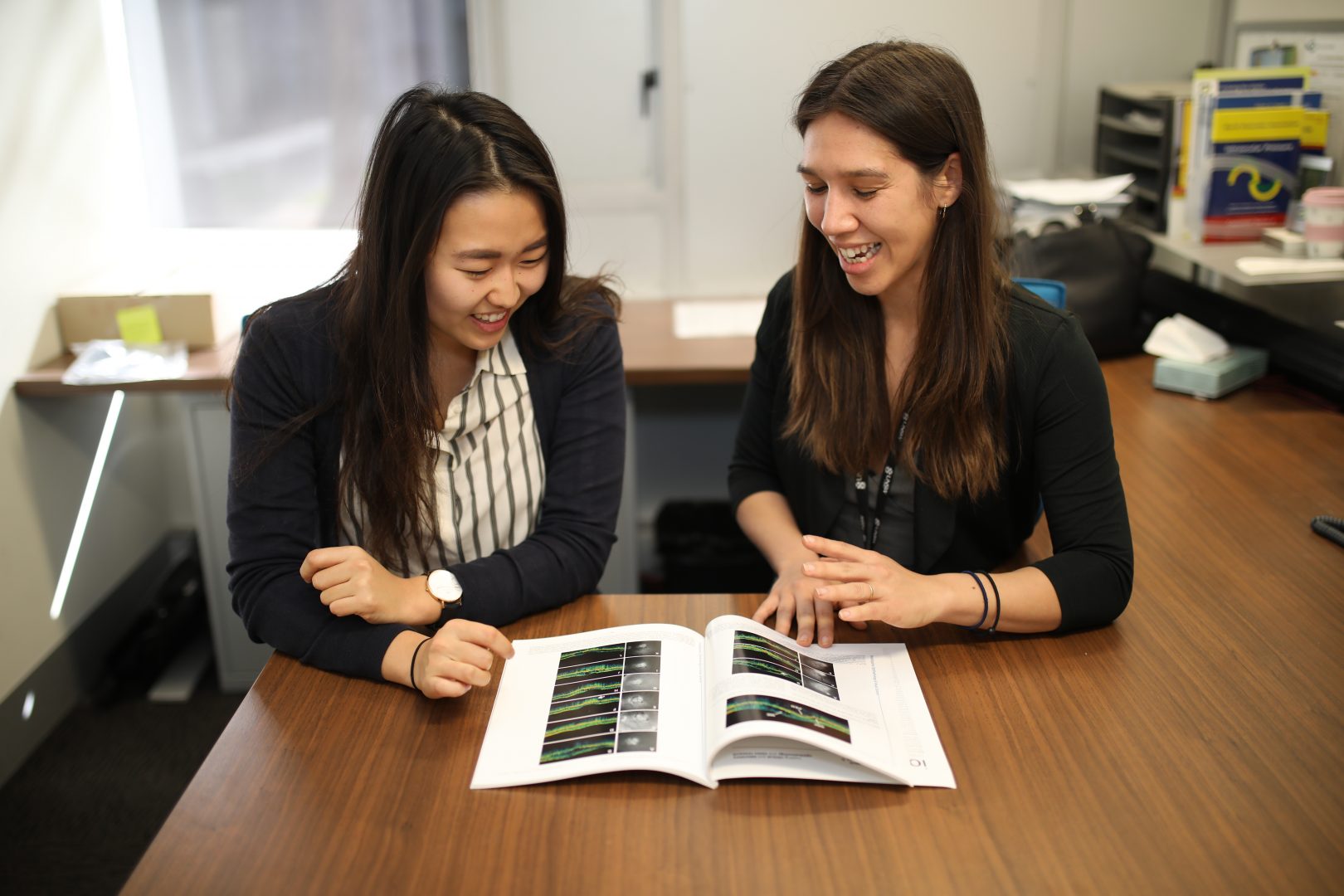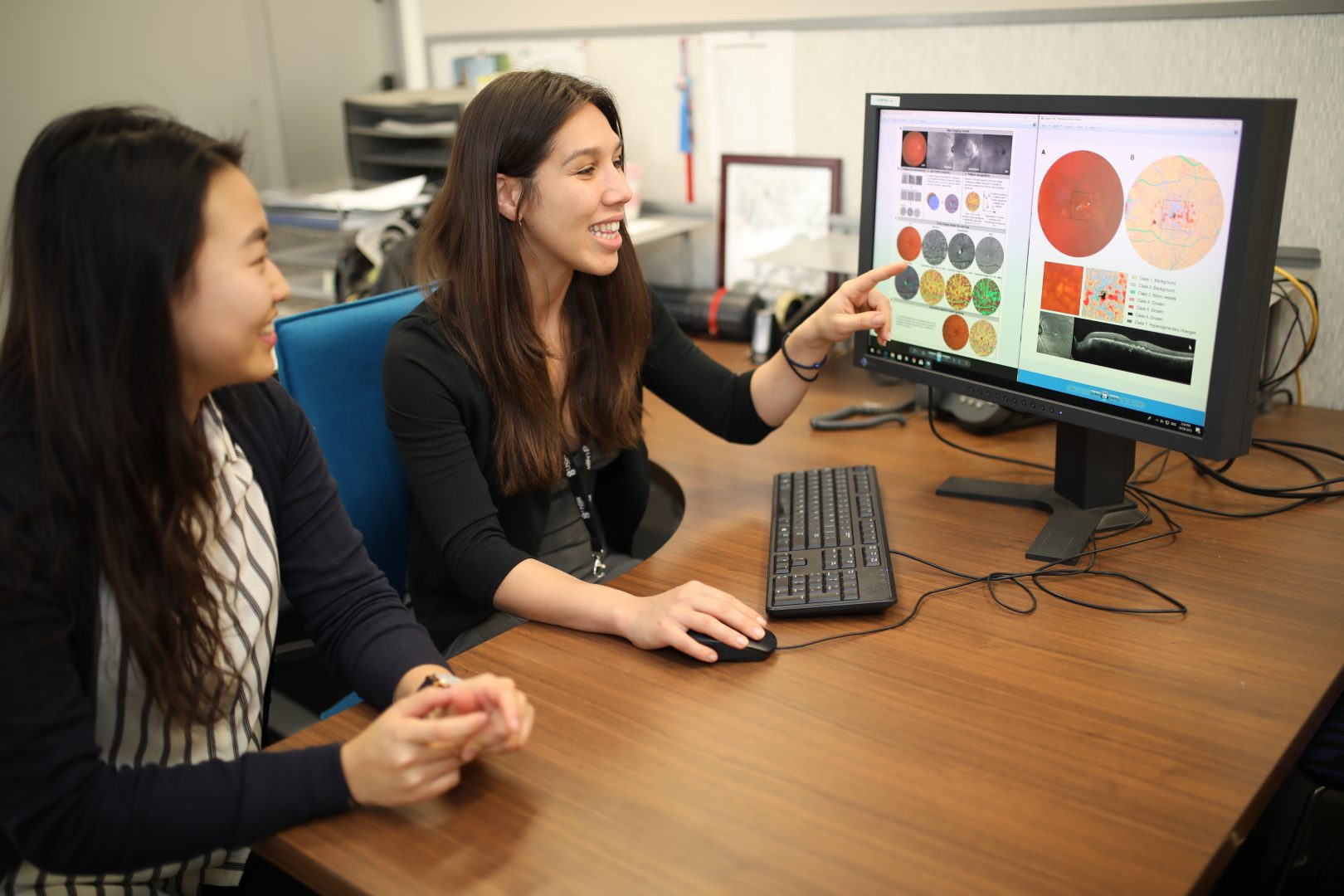
- Refer a Patient
- Referral Types
- Patient Information
- Overview of CFEH Clinics
- CFEH Instrument List
- Our clinical team
- Causes of Vision Loss
- Patient Forms
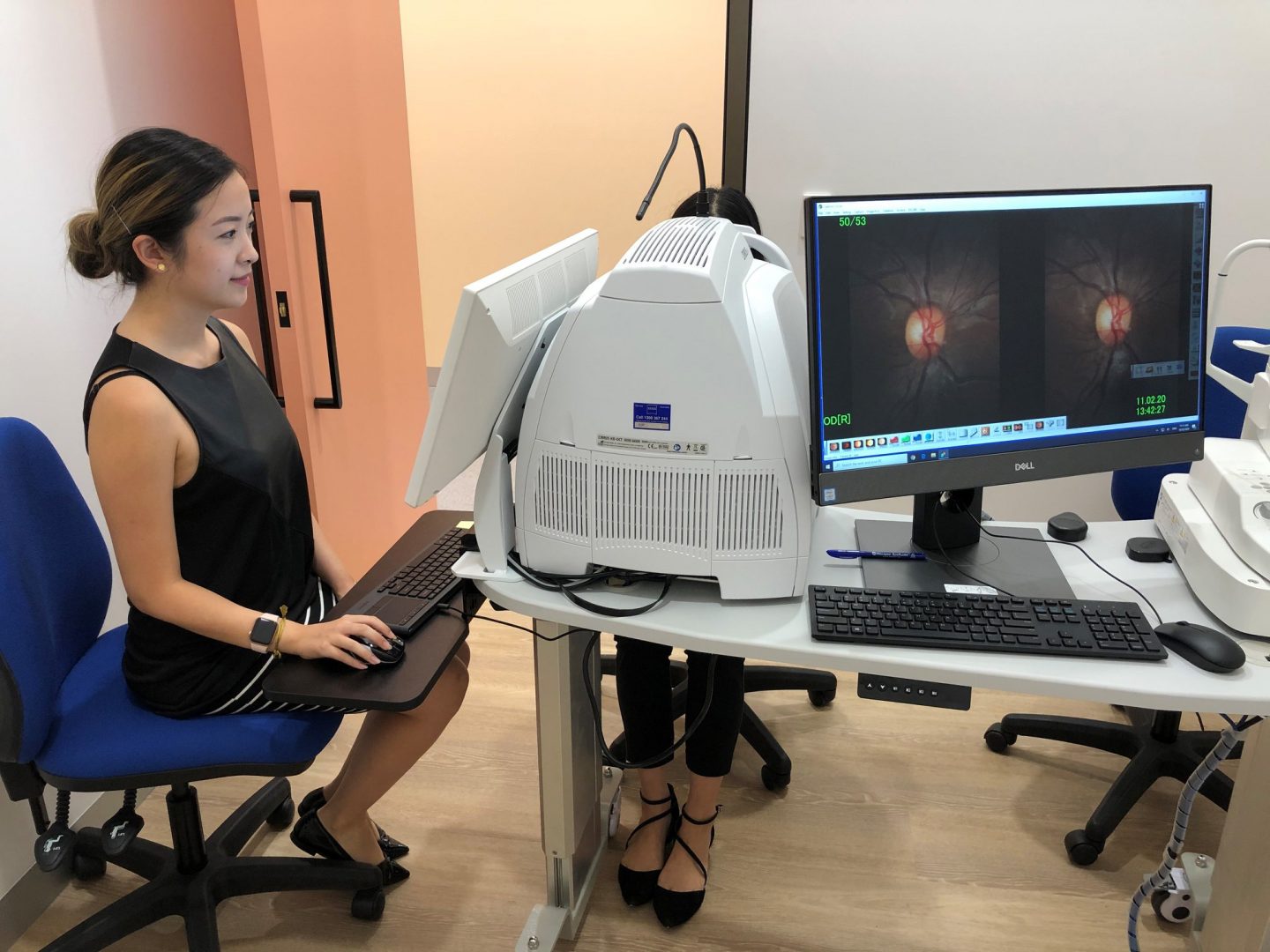

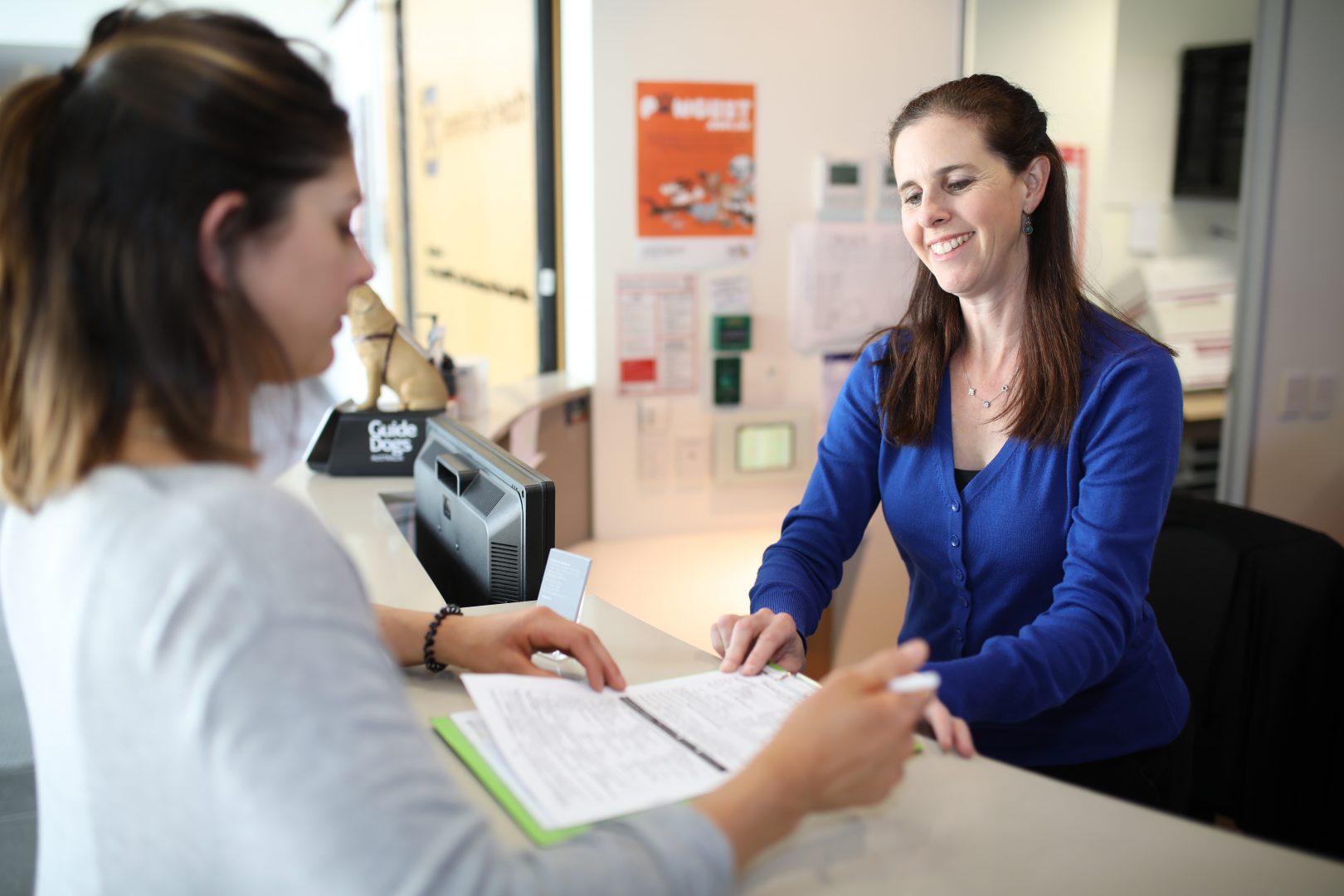

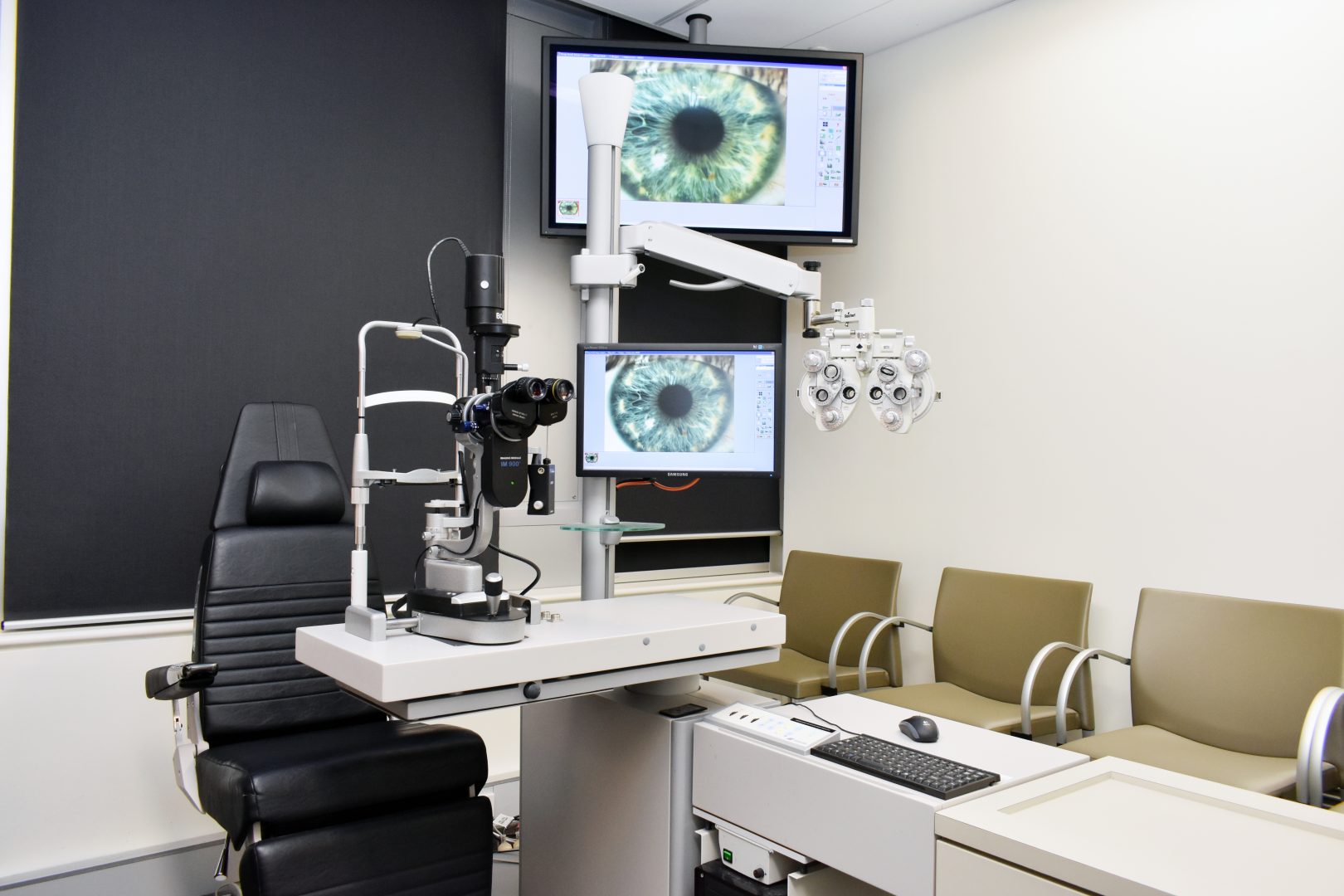

Gardening can be an enjoyable and accessible hobby. Here are some practical tips for an easier and more fulfilling time in your garden:
Choose high-contrast colours and interesting textures
Bright flowers and contrasting foliage are easier to see. Plants with unique textures like lamb’s ear or bottlebrush provide a tactile sensory experience. You can also mark plants with bold coloured tags or bump-dots to help identify them.
Use raised beds or containers
Raised garden beds or containers bring plants closer to eye level, reducing the need to bend over.
Create accessible paths
Ensure pathways are wide and even, with tactile edges for safe navigation. Non-slip materials add safety.
Organise your tools
Use a tool belt and mark tools with high-contrast colors or bump-dots for easy identification.
Work with the space you have
If you have limited space or apartment living, consider vertical gardening using shelves, hanging baskets or countertop planters. Plants like succulents are low maintenance, and herbs can be lovely and fragrant, as well as useful in cooking.
Use Technology
Apps for plant identification, magnification, or voice assistance can enhance your gardening experience.
Emphasise fragrance
Include fragrant plants like lavender, gardenias and mint to make gardening more sensory-friendly.
Join a support group
Seek out local gardening groups or organisations offering resources and adaptive tools.
Consider water features and wind chimes
The soothing sounds of flowing water or gentle chimes can create a calming atmosphere and auditory markers that can help you navigate the space.
Whatever space you’re working with, garden life can add sensory-rich joy and relaxation.


